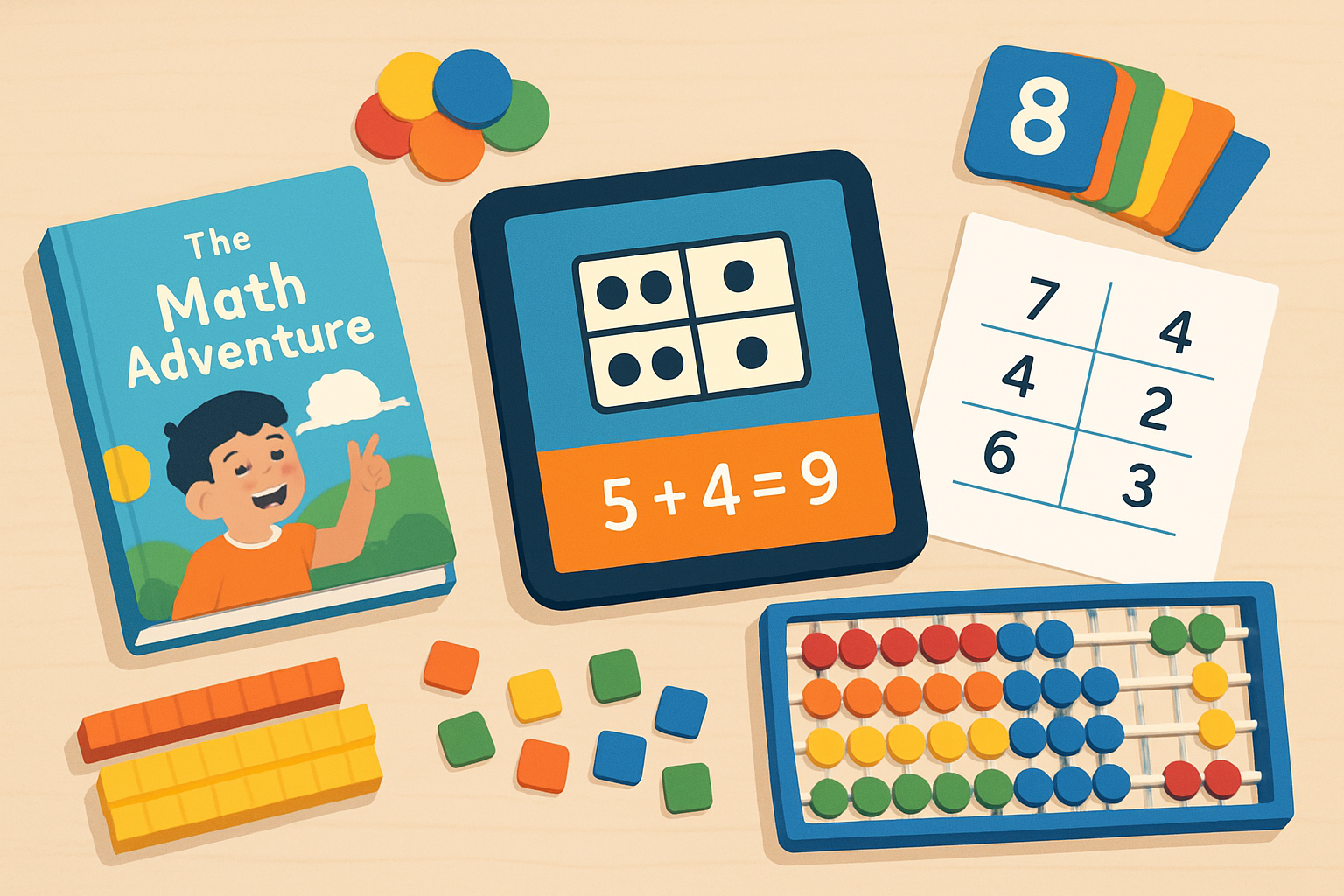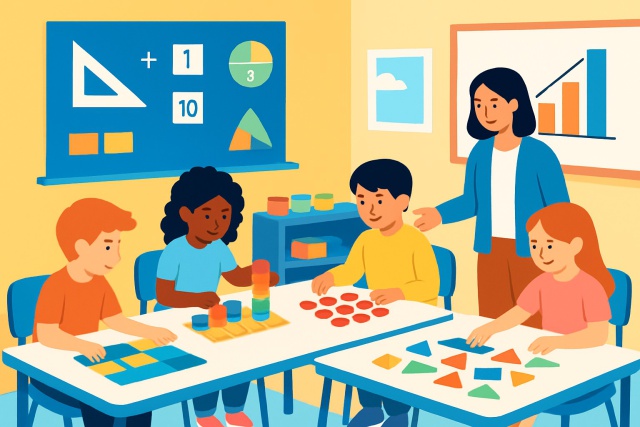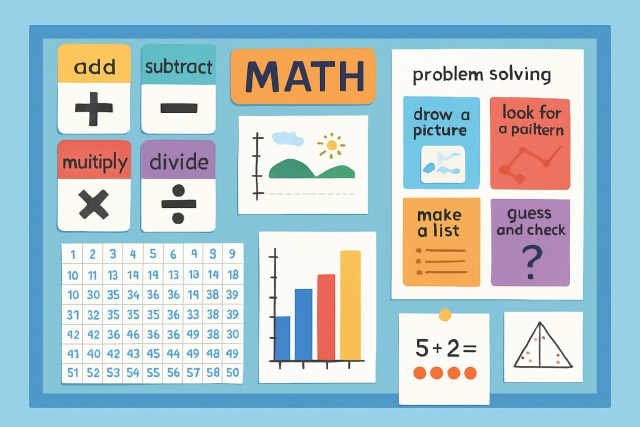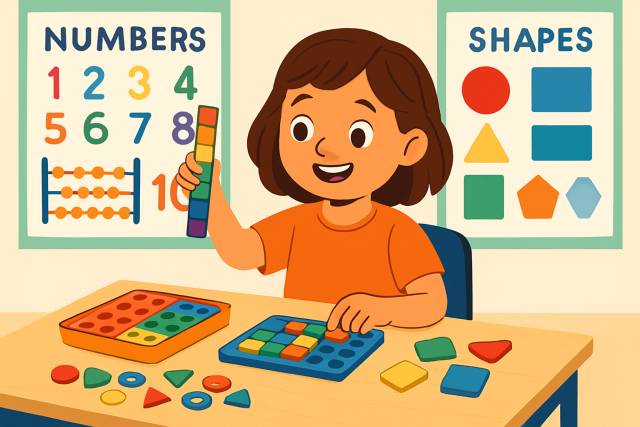Everyday Mathematics - 1st Grade Strategies That Help Kids Learn
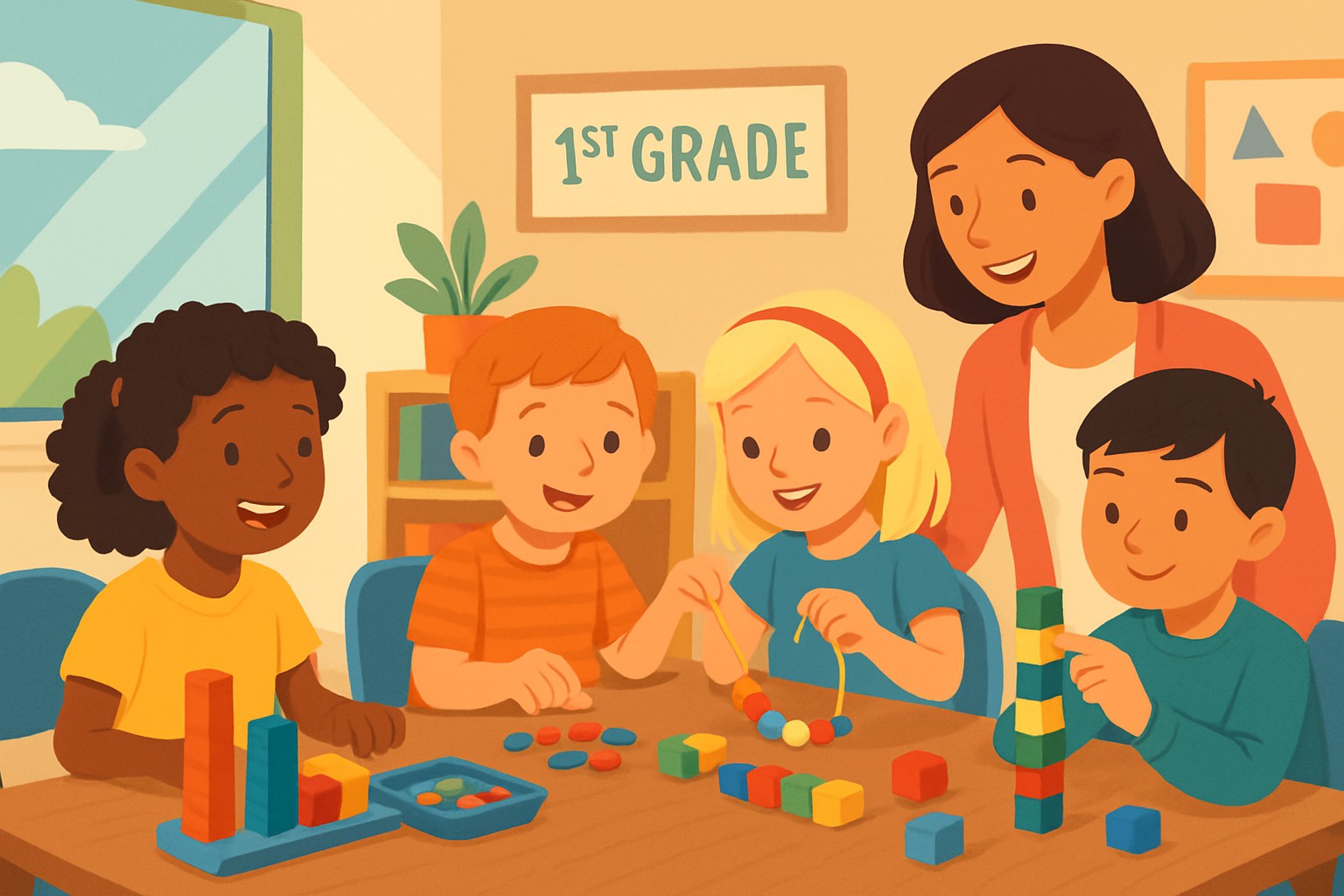
Everyday mathematics for 1st graders is surprisingly important since it lays down a strong foundation. When kids catch on to how math ties into their daily routines, they often end up sharpening their critical thinking and problem-solving skills.
Getting to Know Everyday Math in 1st Grade The Fun Begins
Everyday mathematics zeroes in on the practical math skills kids actually use day to day. Instead of just drilling facts into memory like a broken record, it’s all about really grasping how to put those concepts into action in the real world
1st grade everyday math programs really set out to build a rock-solid foundation by nurturing number sense and gently encouraging an intuitive feel for concepts through hands-on, engaging activities. They’re all about developing fluency with numbers while also sparking curiosity.
- Counting and recognizing numbers up to 100 helps kids get a solid grip on numerical order and what those numbers really mean in the world around them.
- Introducing the basics of addition and subtraction focuses on how numbers relate to one another and simple problem solving. This lays the foundation for math confidence.
- Identifying and naming shapes along with their unique properties gently builds a child's spatial awareness and curiosity.
- Exploring patterns and sorting objects sparks logical thinking and classification skills while making sense of little details that often go unnoticed.
- Getting comfortable with measurement concepts by comparing lengths, weights and volumes involves no tape measure, just hands-on discovery.
- Learning to tell time to the hour and a friendly introduction to money and coins sets the stage for real-life skills that sneak in almost unnoticed.
Practical Ways to Support 1st Graders in Learning Everyday Mathematics in 1st Grade
Helping little ones get the hang of everyday math can sometimes feel like teaching a cat to fetch, but with a sprinkle of patience and some creative tactics, it becomes a fun journey rather than a chore.
Getting first graders hooked on everyday math is a breeze when you lean on familiar situations and tools that actually bring those numbers to life. Mixing hands-on activities with straightforward explanations usually works wonders to deepen understanding and keep that spark of curiosity burning bright.
Use everyday math situations like grocery shopping or cooking to show how math concepts come to life, not just in textbooks but right in front of us.
Bring in manipulatives such as blocks and counters to create hands-on experiences that make math feel less like a chore and more like a game.
Encourage kids to talk their way through math problems because explaining things out loud can boost both their reasoning skills and vocabulary.
Include educational games and apps that adapt to each child’s unique learning pace and style since one size rarely fits all.
Support regular math practice through daily activities like puzzles and worksheets that don’t feel like homework but still pack a punch.
Develop problem-solving skills by offering open-ended questions that invite different strategies and spark creative thinking because that’s where the magic really happens.
Manipulatives and visual aids really help make tricky abstract math ideas less mysterious. Whether at home or in a busy classroom, parents and teachers can offer objects like counting beads, shape blocks and number charts. These tools shine when kids handle, move and arrange them, while adults gently steer the conversation toward what these objects represent. For example, using colored blocks to demonstrate addition not only clears things up but also sticks in memory better.
A Handy Guide for Parents Looking to Tackle Daily Math Learning Together
Create a math-friendly environment by weaving numbers, shapes and measurements into everyday household items. Turn your home into a mini math playground.
Sneak counting into daily routines whether it is tallying stairs during a walk, munching on snacks or organizing toys. This makes math feel less like homework and more like part of the fun.
Use common items like fruits or coins to practice simple addition and subtraction hands-on because nothing beats math you can actually touch and move.
Dive into storybooks that blend math concepts with reading. This is a great way to keep learning fun and interactive without it feeling like a chore.
Try digital apps designed for 1st grade math that offer interactive and personalized practice to keep kids engaged. 6. Celebrate math milestones and cheer on the small wins. Building confidence step by step goes a long way in keeping motivation alive.
Balancing focused practice with a bit of playful learning is the secret sauce to keeping kids both engaged and feeling confident in math. Parents can mix in structured exercises alongside games and real-world problem solving, turning math from a chore into something genuinely fun. A little encouragement and positive reinforcement can go a long way, helping kids push through those moments of frustration and wrap their heads around tricky concepts.
Tackling Common Challenges in Learning Everyday Mathematics with a Hands-On Approach
Many children hit a few bumps when it comes to learning math, grappling with everything from anxiety to the tricky nature of abstract concepts. Understanding these hurdles can really help parents and teachers tweak their approaches.
- Math anxiety tends to ease up quite a bit when the learning environment feels calm and effort is praised more than just perfect results. It is amazing how a little encouragement goes a long way.
- Tossing in abstract ideas alongside concrete examples and hands-on tools usually makes things click faster. I have found that this combo often turns confusion into 'aha' moments.
- When attention spans start to wander, break lessons into smaller mixed-up chunks and pepper in regular breaks. It keeps things fresh and kids on their toes.
- Showing how math pops up in everyday life helps kids see its value and why it’s worth their time. It’s like connecting the dots that matter.
- Sticking to a regular practice routine— even if it’s just a few minutes here and there — can surprisingly boost retention in a big way. Consistency truly adds up.
- Since parents’ own feelings about math can sneakily rub off on their kids, it’s important to model a positive attitude toward the subject. Sometimes leading by example is half the battle.
Patience is absolutely key when teaching math to young learners. It’s worth celebrating every little victory and using positive reinforcement to keep their enthusiasm bubbling. I’ve found it really helps to remind kids that mistakes aren’t failures—they’re just stepping stones to understanding.
Helpful Resources and Tools to Make Everyday Math Learning for 1st Graders a Breeze
Books like Math Fables and One Hundred Hungry Ants do a fantastic job of breathing life into math concepts through stories that actually hold your attention, making them perfect for everyday mathematics in 1st grade. Printable worksheets found on sites like Education.com and Math Playground provide hands-on exercises that fit snugly into everyday learning routines. Then there are online platforms like Khan Academy Kids, which offer interactive lessons and even track progress.
Useful Links
- National Council of Teachers of Mathematics (NCTM) - Handy Resources for Elementary Math
- Khan Academy Kids - Free and Friendly Math Learning Tools for Early Grades
- Education.com - Fun Math Worksheets and Activities for First Grade
- Common Core State Standards Initiative - The Official Grade 1 Mathematics Standards



